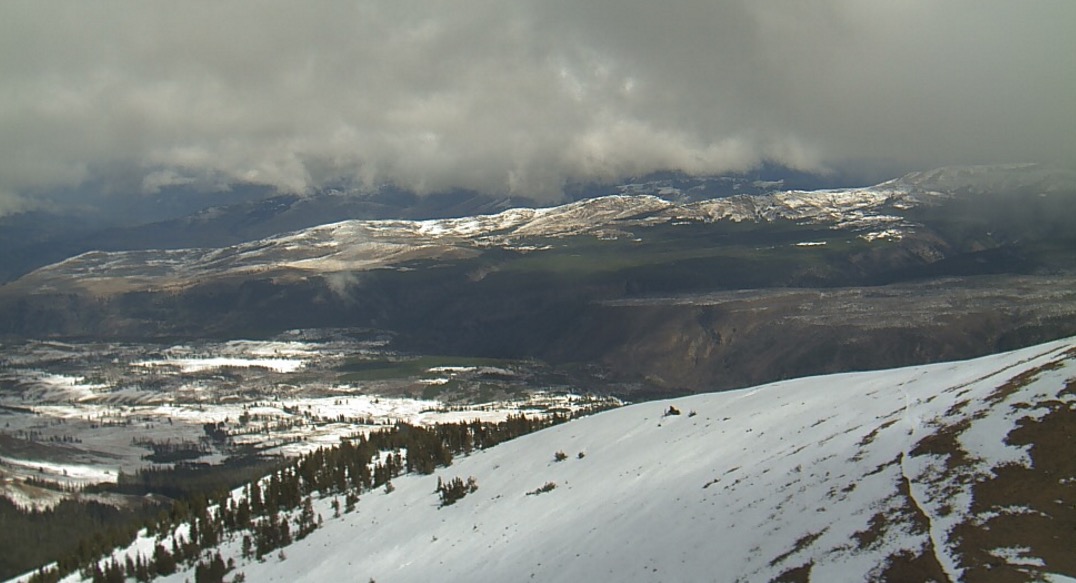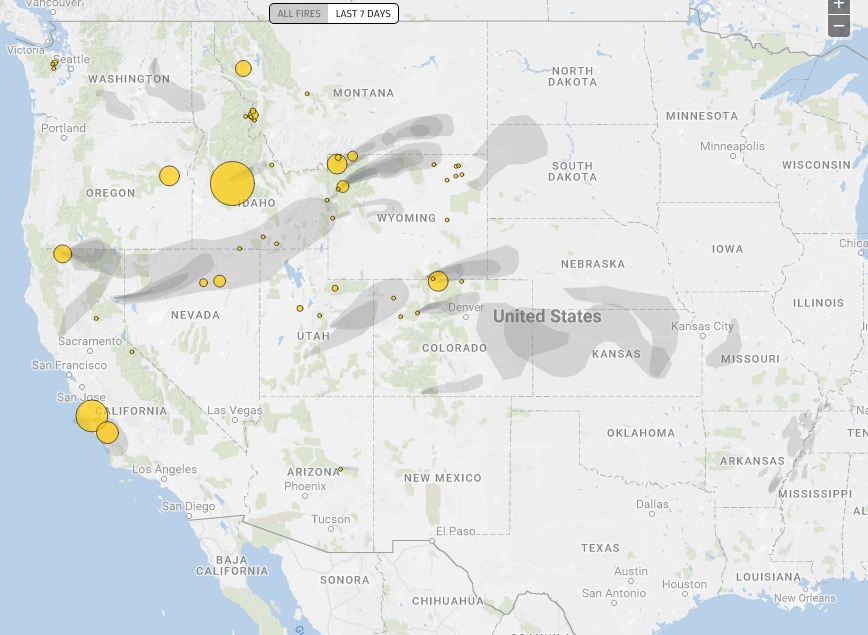California has fewer inmates available for fighting wildfires
With fewer inmates available for fighting fires, the state of California is turning to civilian crews within their Conservation Corps.
From KCRA:
…But the number of available inmates is declining because counties now oversee most lower-level felons under a law aimed at easing prison overcrowding. In addition, there are fewer incentives for inmates to risk their lives since a federal court broadened an early release program for firefighters to include other inmates.
The state is about 600 inmates short of the 4,300 prisoners who could be available for fire lines. So this year, the California Conservation Corps reopened a camp to train three crews of young civilians to do the same backbreaking work as the inmates. Corps Director Bruce Saito expects to create at least four more fire crews with roughly 15 members each by next summer and a half-dozen new crews during each of the next two years.
The corps has more than 1,400 members, but fewer than 200 currently work alongside local, state and federal firefighters battling blazes in rural areas.
The members include both men and women and range in age from 18 to 25. They enlist for one year and earn the state’s minimum wage of $10 an hour. Military veterans can enroll until they turn 30…
Oregon sues 3 people responsible for starting the Ferguson Fire
Oregon hopes to recover $892,082 from three individuals who they say are responsible for starting the Ferguson Fire that burned 200 acres and destroyed two structures in Klamath County in July 2014.
The suit alleges that Joe Askins started a campfire, then took a nap. When he awoke, the campfire had escaped. Askins also said “I’ll take all the blame for the fire,” according to the lawsuit.
More evidence that beetle-killed forests do not increase the risk of catastrophic wildfires.
An article at News Deeply summarizes several research studies which mostly concluded that beetle-killed forests do not burn more severely than forests that have not been attacked by the insects. This is in spite of statements to the contrary by the Secretary of Agriculture, a spokesperson for CAL FIRE, and media stories about trees that are now part of a “tinder box”.
Air tanker 132 starts contract in Australia

Fire Aviation reports that Coulson’s Air Tanker 132 started its contract with New South Wales on September 6, helping to provide air support for wildland firefighters in Australia. This is the second year in a row that the L-382G, a variant of the C-130 platform, has worked down under during their summer bushfire season.
Cheyenne is concerned about the effects of the Snake Fire on their water system
“The location of the fire is close proximity to our major watershed collection area for the Hog Park Reservoir” said Dena Egenhoff, the Board of Public Utilities’ (BOPU) Water Conservation Manager. “We are unable to know the impact of the Snake Fire at this time, but the location suggests there may be some adverse impacts to the City of Cheyenne’s water collection system.” As of September 11, 2016, the Hog Park Reservoir is 91.8% full
For Cheyenne, BOPU collects water in the Little Snake River drainage from snow melt and streams and transports it under a mountain by a tunnel to the eastside of the Continental Divide. That water is then stored in Hog Park Reservoir. From there, the collected water from Hog Park Reservoir is traded for water in Rob Roy Reservoir which can more easily be transported without pumping to Cheyenne. “In this way, the amount of water can be exchanged between the two different Mountain Ranges with all water rights being satisfied,” said Dena Egenhoff.
The Snake fire is in south-central Wyoming just north of the Colorado border. It is 115 air miles miles west of Cheyenne, and 20 miles west of the 38,000-acre Beaver Creek Fire that has been burning in Colorado and Wyoming since July 19, 2016.







